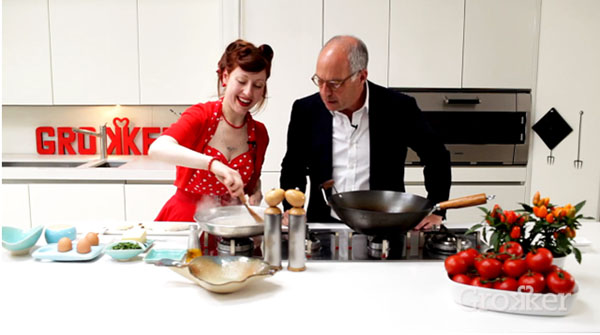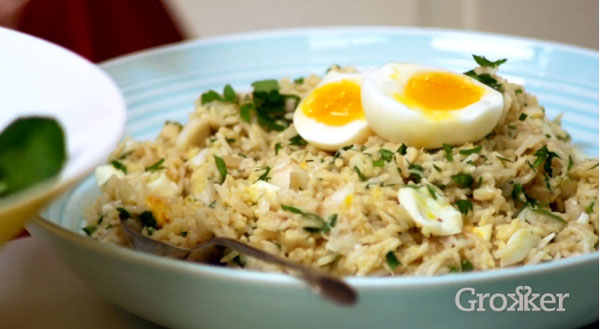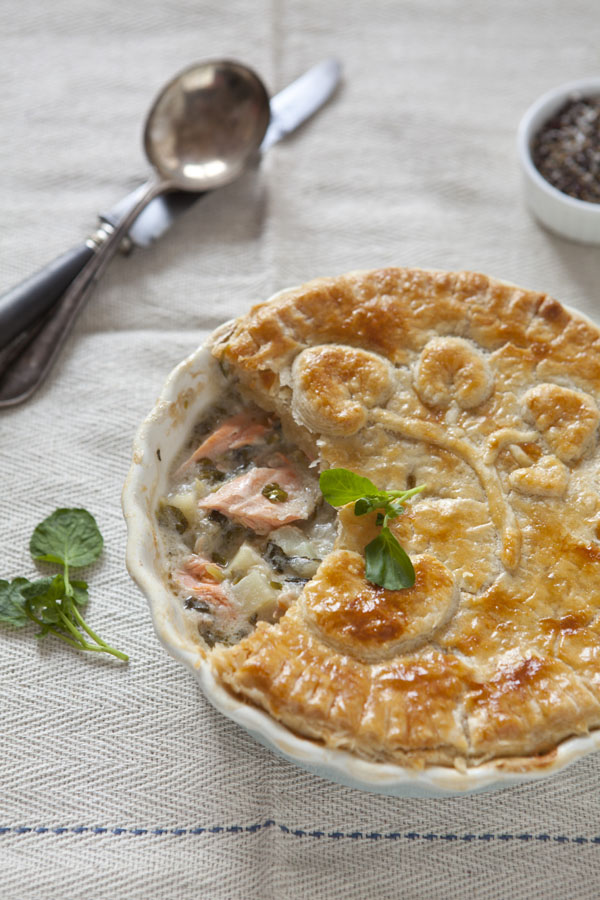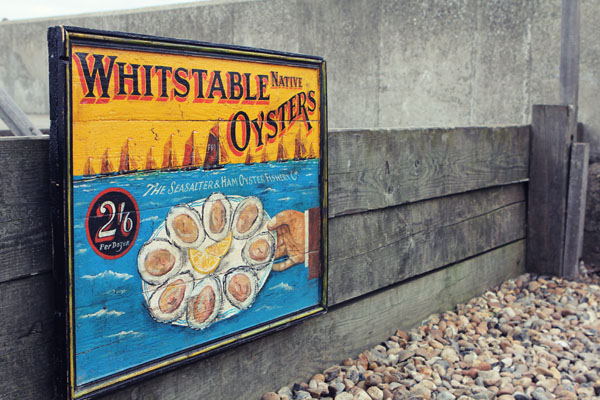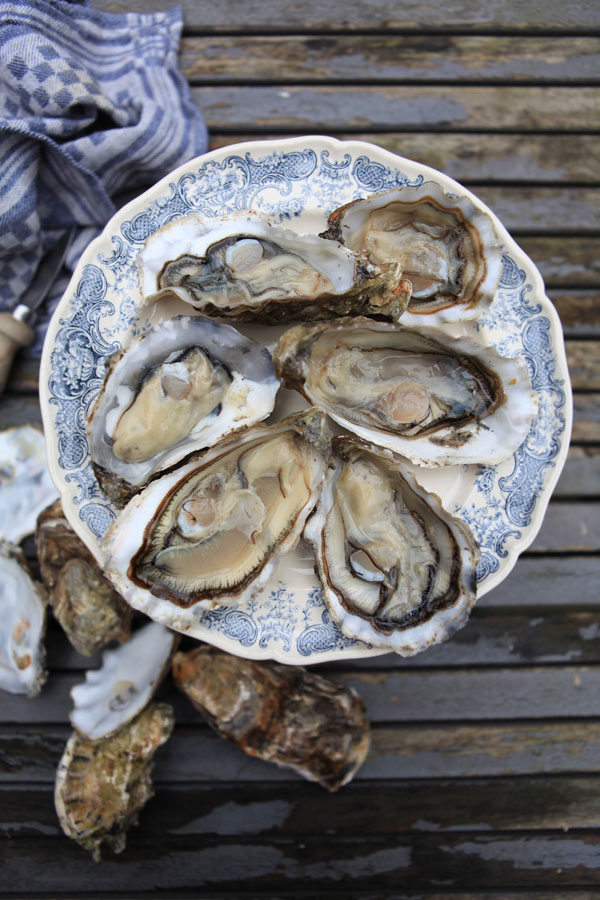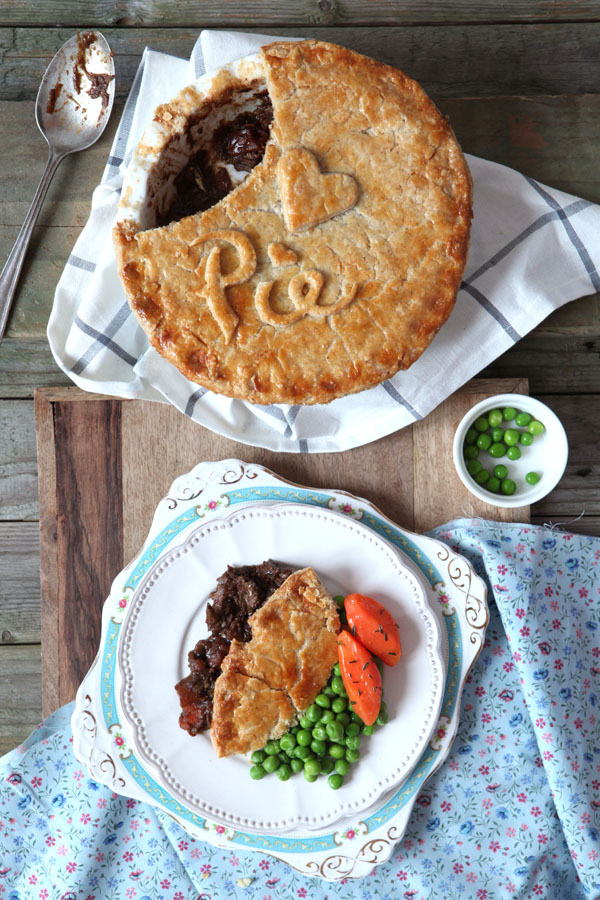The post Kedgeree and… my first video! appeared first on Miss Foodwise.
]]>I have something very exciting to share with you… my first ever video!!!
During the summer I was contacted by the guys from Grokker, a new online video network. They wanted me on board for a challenge with Loyd Grossman and because I had never really considered doing video, I thought this would be the perfect moment to get some experience in that area.
Although I was very tired after only 3 hours sleep and nervous of answering questions while trying to explain a recipe in a language other than my own without any form of rehearsal I must say I’m quite happy with how it turned out. The film crew really was a fabulous bunch of people. -Thanks guys- The video here is a trailer, the whole thing is on Grokker here > for which you have to create an account to see it – and if you do… don’t forget to click on the heart below the video to let me know you liked what I did there!  It’s a bit of a challenge with a few other fabulous blogger involved, check them out while you are there too.
It’s a bit of a challenge with a few other fabulous blogger involved, check them out while you are there too.
A small -delicate- detail though… my name isn’t pronounced like you can hear in the video, so please don’t all start calling me ‘Regoela’ it’s more like ‘regular’ without the ‘R’ at the end and a more delicate ‘G’ like in Italian. It is Latin after all. 
Anyway back to the dish, we had to choose a typical main dish of our niche that was able to be cooked in 30 min, prep to finish. So I choose Kedgeree, a recent favourite in our house.
Kedgeree is believed to find its origin in the Indian dish called Khichri and we can say it is the the first Anglo-Indian fusion food. During the British Raj, the Brits in India were craving a dish that would remind them of home.
Khichri is considered a sick person’s food in India, being less spicy and easier on the digestive system than other curries. It was perfect for the Britons who were still spice-shy back then and couldn’t take the heat of a curry like they do today.
But the British like to tweak recipes, so they added protein where as in an original Khichri there was none. The colonials added fish and eggs and embraced it as a breakfast dish. But why a breakfast dish, firstly because the Brits are used to protein rich breakfasts but also because the heat in India made it so the fish had to be eaten for breakfast in order to keep it from spoiling. This means that the original Kedgeree was made with fresh fish rather than with smoked fish.
Back in Britain the Victorians loved kedgeree and the novelty feel it had. It was perfect for the fancy breakfast table and a change from the usual.
How the smoked fish, came into the equation is another story.
It is generally believed that the arrival of kedgeree in Britain in the 18th century coincided with the introduction of a stagecoach from the Scottish village of Findon to Edinburgh and then further south. Findons’ cottage industry was the smoking of haddock and Kedgeree was the perfect way to balance the fish’s strong salty flavour with ingredients like rice and hard-boiled eggs.
Below is an explanation of Kedgeree from Colonel A. R. Kenney-Herbert, Wyvern’s Indian Cookery Book – 1869
“Kedgeree (khichri) of the English type is composed of boiled rice, chopped hard-boiled egg, cold minced fish, and a lump of fresh butter: these are all tossed together in the frying pan, flavoured with pepper, salt, and any minced garden herb such as cress, parsley, or marjoram, and served in a hot dish. The Indian khichri of fish is made like the foregoing with the addition of just enough turmeric powder to turn the rice a pale yellow colour, and instead of garden herbs the garnish is composed of thin julienne-like strips of chilli, thin slices of green ginger, crisply fried onions, etc.”
Eliza Acton uses not hard-boiled but raw eggs to create a Carbonara type of sauce and Elisabeth David adds a lot of spices and raisins. My version is something in between the recipes of these clever ladies and the gentleman above, my eggs are boiled semi runny and I only use cayenne pepper as a seasoning. The smoked haddock gives enough flavour to make this dish an excellent comfort food, or as I’m told it works wonders for a hangover!
What do you need
• 400 g smoked haddock
• 500 ml water
• 2 sjallots
• 150 g basmati rice
• 1 tsp cayenne pepper
• 3 eggs, boiled semi runny or hard boiled if you prefer – shell removed
• sea salt to taste
• a pack of butter, unsalted
• fresh parsley, chopped
method
Bring the water to a boil in a deep pan with a lid, ad the fish and make sure it is completely covered and simmer – not boil – for about 10 minutes or until flaky
Remove the fish from the pan – keeping the liquid aside – transfer to a warmed dish and cover
Add the rice to the pan with the cooking liquid, cover with the lid and bring back to the boil for 10 minutes and regularly stirring the rice. Keep the lid on.
Now flake the fish into bitesize pieces using a teaspoon
Remove the shells from the eggs and cut up one of the eggs and leave the other two whole
After 10 minutes, turn down the flame and leave the rice covered with the lid until needed.
Heat a generous amount of good quality butter in a large deep pan, add the finely chopped shallots and glaze while stirring
Now ad a large knob of butter and ad the cayenne pepper, the rice and the fish with a generous pinch of salt.
Stir well so the pepper colors the rice an add two eggs, cut in pieces before stirring a last time.
Get your warmed serving plate out, transfer the food to the plate and halve the last boiled egg to put on top as decoration.
Finish of with the chopped parsley
A great dish for using up leftover rice or fish, it can be made with any kind of white fish or even prawns. Serve with a side salad to ad some vegetables to the mix.
Some people like it with mango chutney but I find it too sweet.
Drink with a nice IPA beer.
 |
| So jealous of those wheels! |
The post Kedgeree and… my first video! appeared first on Miss Foodwise.
]]>The post Watercress and Trout Pie – Fit for a Watercress Queen appeared first on Miss Foodwise.
]]>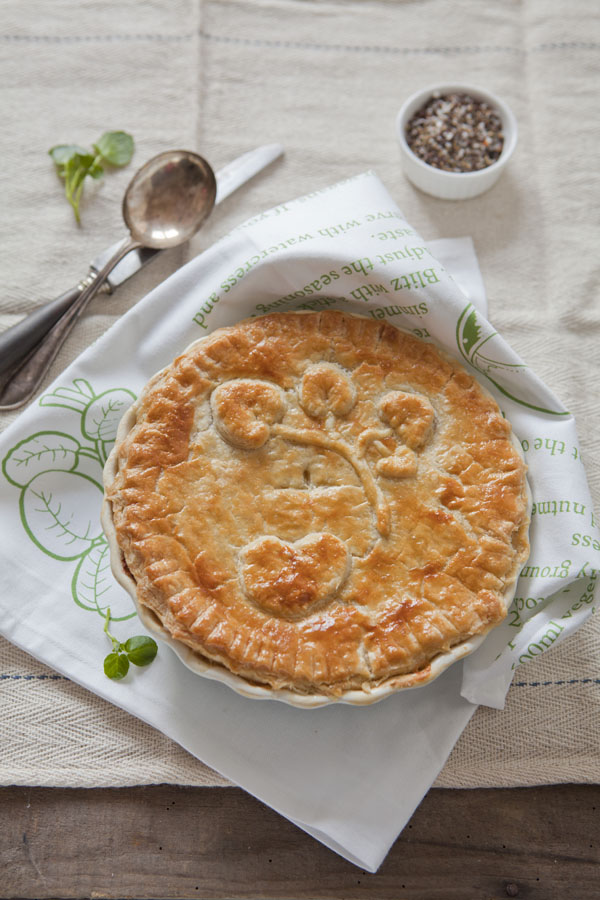
Let me tell you a story about a strong independent woman, a working class woman who became one of the most iconic figures in British food history. Her name was Eliza James and she was called ‘The Watercress Queen’.
In the late 1800, the little Eliza went from factory to factory in Birmingham with her bunches of wild watercress. As ‘the poor man’s bread‘ was so popular with the working class she soon started to sell larger and larger quantities. She worked her way up and moved her business to London where she soon became the favoured supplier of nearly all the London restaurants and hotels. She was able to acquire watercress farms in Hampshire and Surrey making her the biggest owner of watercress farms in Europe. But even when she became part of a well-to-do class, she remained to work at her Covent Garden stall for over 50 years.
Steve – who you might remember from last weeks post – explained that Eliza founded the James & Son company and trade marked the name Vitacress, the name Vitacress was then sold on to Malcolm Isaac who founded Vitacress Salads which is the name of the company today. Eliza’s Hampshire farms are still producing watercress to this day and are still a part of Vitacress. The farm I visited was one of the original farms and made me think about Eliza James and her hard work. I think she deserved her title and isn’t it just one of the most romantic stories of a working class woman trying to build an emporium out of watercress, to do well by herself and her family.
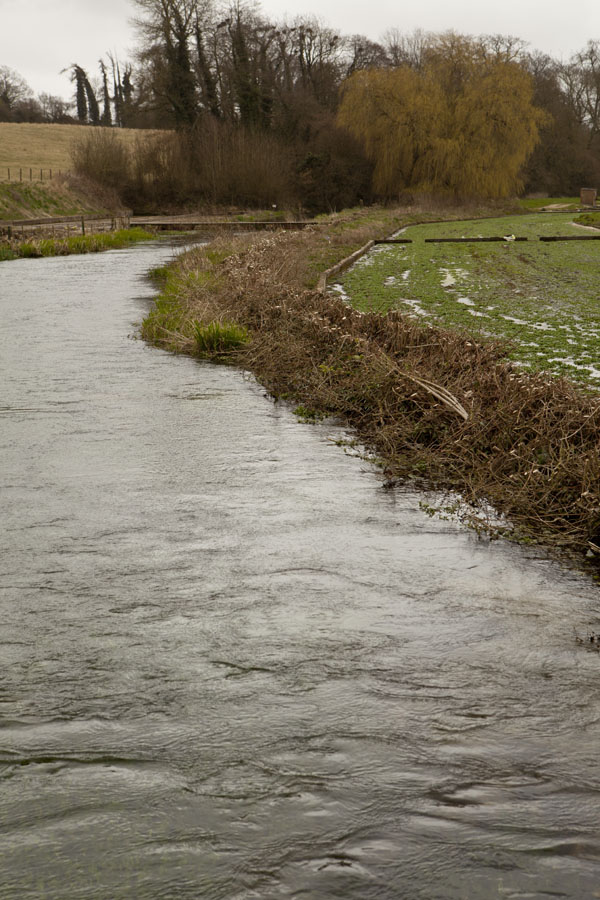 |
| The stream that feeds the watercress beds |
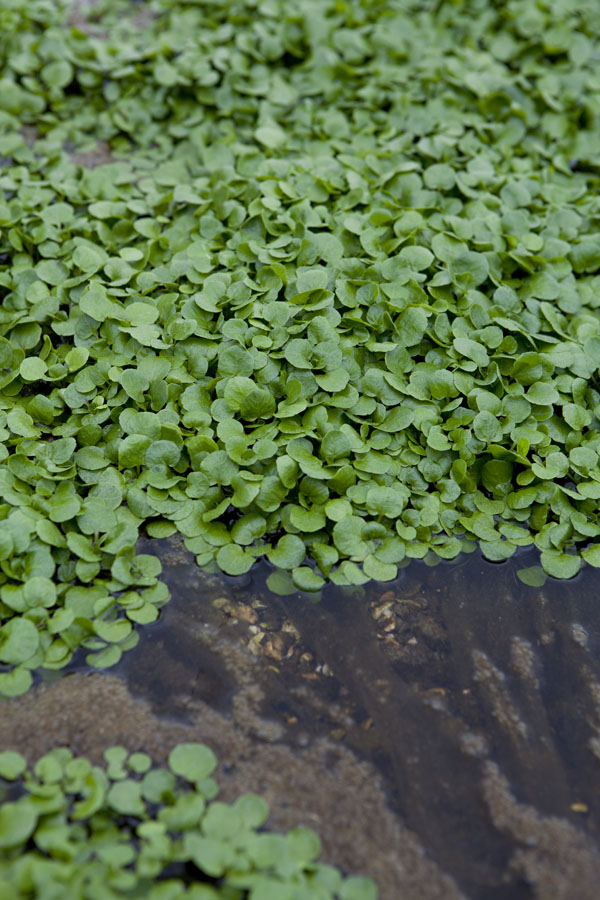 |
| Baby cress |
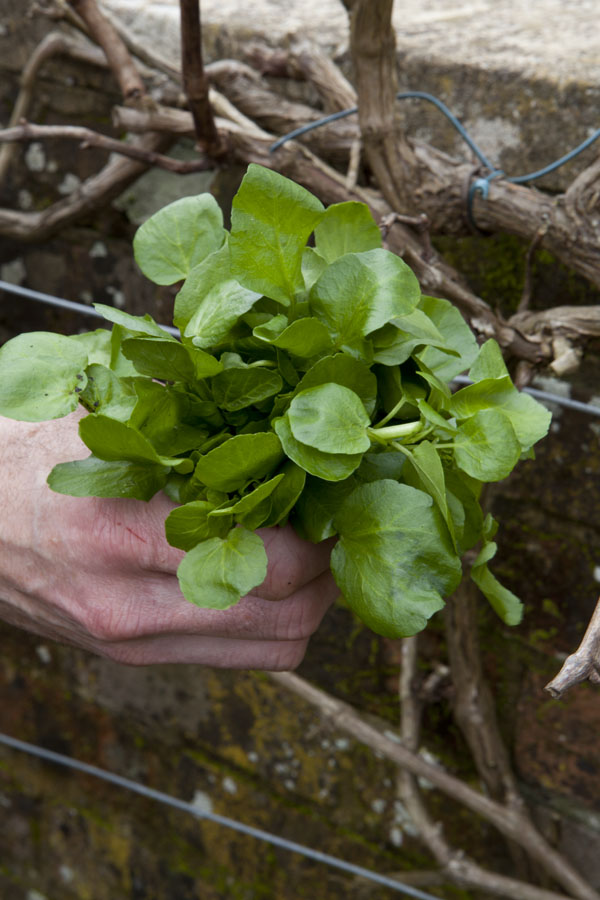 |
| Steve and his Poor Man’s bread from previous post |
As promised earlier this week here I am with my watercress and trout pie. Spring has been dreadfully cold and rainy and although I am longing for crisp green salads a pie is now very much needed to warm the spirits.
With my last bit of watercress from the farm in Hampshire I opted to bake a silky smooth fish pie. The river that feeds the watercress beds in Hampshire is full of brown trout so when I was at my fishmonger I opted for trout. With my only option being Steelhead trout today, the meat resembling more that of a salmon though less strong tasting and more delicate. I don’t care for salmon at all and avoid it where I can, unless cured, I do like salmon cured..
Water is so very important to watercress, it has to be clean spring water. The watercress leaves and stalks seem to be holding the water tightly, hanging on to all the goodness is has to offer.
Thank you Steve for showing me around, it was lovely meeting you!
What do you need
For the filling
- 1 teaspoon butter / 1 teaspoon olive oil
- 2 small celery sticks cut into small cubes
- 1 shallot cut finely
- 25 ml white wine
- Roux, enough to bind the sauce: see how you make it on this post >
- 400 ml water
- 1 large handful of fresh watercress chopped
- 2 trout filets or salmon if you rather use thatpotato 1 cup of 1 cm cubes
For the Rough puff pastry
- 225 g plain flour
- 1/4 teaspoon of sea salt
- 125 g unsalted butter in small cubes, fridge cold
- 1/2 teaspoon lemon juice
- about 125 ml ice cold water
For the pastry
- Sift the flour and salt into a bowl
- Add the cubes of cold butter and stir using a round bladed knife until all the butter is covered in the flour – do not break up the pieces of butter at this point
- Add the lemon juice and the water, one tablespoon at a time (you might not need it all) to bind the mixture into a lumpy dough with a wooden spoon or spatula, if the dough is too wet add some flour
- Turn the dough out on a clean lightly floured work surface and shape it gently into a brick, do not overwork the dough with your hands as it needs to stay cold
- Use a floured rolling pin to roll out the dough to a rectangle from about 5 mm thick
- Fold the dough in 3 by folding the bottom third up to cover the middle part of the dough and the top part you should fold down to cover the other 2 folded parts.
- Seal the edges firmly by pressing them down
- Wrap in cling film and put in the fridge for 15 min
- Take the dough out of the fridge and place it on a floured work surface, turn the dough so you can now do the same folding routine but in the other direction
- Repeat this process two more times so you have folded the dough in different directions 4 times
- Chill for 30 min before using or while you prepare the filling
For the filling
- Melt the butter and the olive oil in a pan big enough so your trout fillets can fit in nicely.
- Soften the onion and the celery for 5 minutes and add the wine, let it simmer for 5 minutes
- Pour in the water and bring to a gentle boil, leave to simmer for 5 minutes
- Gently place the trout fillets in the saucepan, make sure they are both covered with the liquid
- Let it simmer for 15 minutes until flaky but not completely done.
- Turn down the heat and remove the trout, put on a plate and cover with tinfoil to keep warm.
- Transfer the liquid to a deeper saucepan and bring to the boil
- Add the roux and cook until thickened
- If the sauce is too liquid, add more roux if you have some left or let it reduce on a medium fire while stirring
- Taste your sauce and add salt and pepper to taste.
- Now mix the sauce for 1 minute using a hand mixer with a chopping knife appliance
- Blanche the potato cubes briefly, they should still be quite rare
- Chop the watercress (with stalks) roughly
- Butter your pie dish and place in the blanched potato cubes and flake over the trout fillets, sprinkle over a few leaves of chopped watercress.
- Add the rest of the watercress to the sauce and simmer for a further minute
- Pour the sauce over the trout and potato and mix gently with a spoon so the sauce is evenly divided
- Remove the pastry from the fridge and roll it out on a floured surface until around 2cm larger than the pie dish.
- Brush the edge of the dish with beaten egg and lay the pastry over the filling.
- Trim off any excess pastry using a sharp knife, and knock up the edges with the back of a knife to create indentations.
- At this point you can decorate your pie with the leftover dough
- Brush lightly with beaten egg
- Bake your pie in a preheated oven at 200°c for about 25 minutes or until the pastry is golden brown.
You might also like
Stout, beef and oyster pie – poverty and oysters
The Poor man’s bread – a day at a watercress farm
The post Watercress and Trout Pie – Fit for a Watercress Queen appeared first on Miss Foodwise.
]]>The post Poverty and oysters … Beef, stout and oyster pie appeared first on Miss Foodwise.
]]>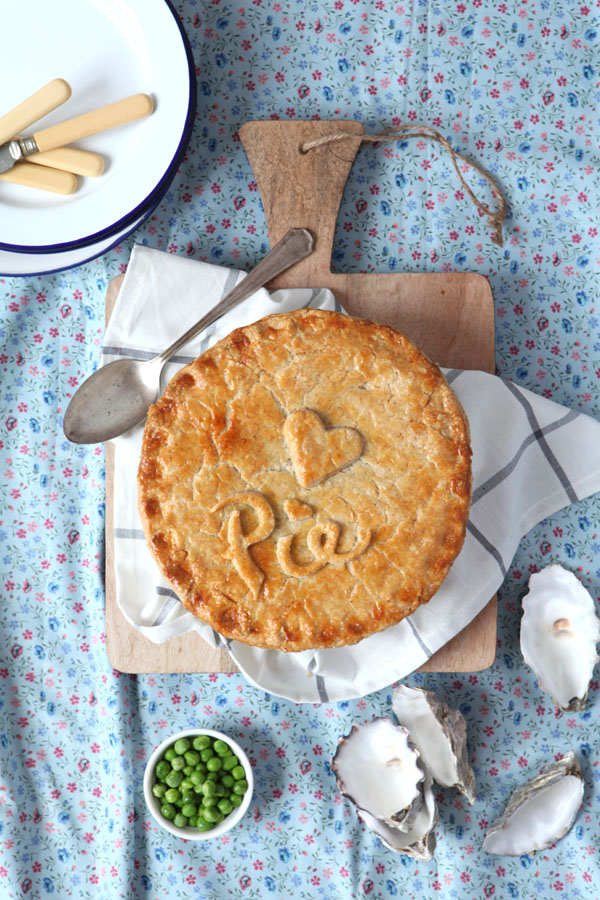 As Dickens’ Sam Weller remarks in the Pickwick papers:
As Dickens’ Sam Weller remarks in the Pickwick papers:
‘Poverty and oysters always seem to go together’.
Oysters have been savoured in Britain since Roman times. Shells have been found at many archaeological sites, with the Roman fort and Amphitheatre in Richborough as the most symbolically important one, and stretching as far north as Hadrian’s and the Antonine walls. Before the Romans came, the Britons regarded shellfish as something to eat when there was no fish or meat to be had. The little molluscs weren’t sought after until the Romans started to farm them and even export them live to Rome, where they were considered a delicacy.
When the Romans withdrew and the Saxons invaded in the 5th century, so a rich culinary culture disappeared, which included the oyster farming. It would take centuries for the oyster to become popular again and the first recorded appearance is to be found in a 14th century cookery manuscript by the Master Chef of King Richard II.
Throughout
the Medieval period the church imposed a number of days where one
should eat fish rather than meat. In fact, for a third of the year,
eating meat was forbidden. Therefore the mixing of fish and meat in
dishes only became popular later in the 16th century and an early 17th
century cookbook gives the recipe for roasting mutton with oysters.
By the end of the 18th century the industry had become highly regulated and although oysters had been the delight of the rich for a very long time, industrialisation cheapened them, making oysters one of the staples of the diet of the poor.
Beef
and oyster pie is a classic Victorian dish; it was the food of the
poor, and the poorer you were the more oysters you would put in your
pie. Oysters were plenty, the smaller ones sold as fast food on the
streets of London or pickled to keep, while the bigger ones were put in
stews and pies to make up for the deficiency of meat. It was a cheap
source of protein.
Oysters were also a typical food to be found
in public houses, where they were most commonly served with a pint of
stout. Stout beers were popular because of their strong flavour, higher
alcohol content, longer shelf life and because they were cheaper than
other beers. The claims of Stout being a nutritious drink made the
pairing with oysters the perfect cheap meal for the working class on
their way home with their wages.
Demand for oysters was high,
with as many as 80 million oysters a year being transported from
Whitstable’s nutrient-rich waters to London’s Billingsgate Market alone.
In the middle of the 19th century the natural oyster beds became
exhausted in England. As the oyster beds further declined, what had
previously been the food of the poor became a delicacy for the upper
classes once again.
This pie is wonderfully succulent; once a poor man’s dinner, it now graces our tables with elegance. The beef, oyster and stout or porter beer are a perfect pairing together with a rich suet crust – just like your nan used to make but let’s kick it up a notch and put some effort into the decoration of the pie! It’s fun to let your children have a go with the leftover pastry; you will have leftover with this recipe. Keep in the freezer until needed, defrost the evening before in your fridge.
This recipe works just as good as a stew, feeding 4 hungry mouths.
What do you need
For the stew
- 1 large carrot, quartered and cut into 2 cm long pieces
- 3 medium onions
- 500 g chuck of beef, diced
- flour to dust the meat
- 1 pint of stout, Guinness or porter beer
- 1 teaspoon of mushroom ketchup (if you don’t have it, leave it out or use 1 teaspoon balsamic vinegar)
- 2 bay leaf
- thyme
- pepper and salt to season
- water
- 6 oysters, cleaned.
For the pastry
- 300g plain white flour
- 100g unsalted butter
- 100g Atora shredded suet
- a generous pinch of salt
- 125 ml icecold water
- 1 egg, beaten
Method
for the stew – filling
- Preheat your oven to 160C
- Add the carrots and onion to a cast iron casserole and color them over a medium fire.
- Dust the meat with the flour and add it to the vegetables.
- Immediately pour in the stout, mushroom vinegar and herbs.
If the meat isn’t completely covered in liquid, add some water or extra stout until it’s just covered. - Bring to the boil without putting on the lid.
- When boiling, put on the lid and place in a lower part of the oven for 3-3,5 hours.
It depends on the animal used, the quality of the meat and how lean it is to know when the meat will be done. Check on it regularly so you don’t end up with dry meat. The meat is done when it is about to fall apart.
for the pastry lid
- Combine the flour, butter, suet and salt in a large mixing bowl and use your fingers to rub the butter into the flour. Keep on doing this until the mixture resembles breadcrumbs.
- Pour in the water and start pressing the liquid into the breadcrumb-like mixture. Be gentle as you must be careful not to overwork the dough.
- When you have created a rough dough, wrap it in cling film and let it rest in the fridge for an hour or more. You can prepare the pastry the day before if you’re feeling organized.
- Preheat your oven to 180C
- Ladle the stew into your shallow pie dish and place the oysters neatly so everyone will find some in his plate.
- Use the beaten egg to eggwash the edges of the piedish.
- Take your pastry out of the fridge and place it on a floured work surface. Now roll out the pastry about 1 cm thick and make sure it’s larger than your pie dish.
- Now carefully pick up the pastry and place it over the pie dish. Trim off the edges of the pastry so you get a nice lid. Now crimp the edges by using your thumb or a fork so the pastry lid is closed tightly.
- Decorate the pie lid if you like and eggwash generously before putting into the oven on one of the lower parts.
- The pie should be nice and golden after 40-45 minutes.Serve with peas and carrots because you got to have peas and carrots with pie …
You might also like
Sussex stewed steak >
Jo’s Hotpot >
Chicken & taragon pie >
The post Poverty and oysters … Beef, stout and oyster pie appeared first on Miss Foodwise.
]]>